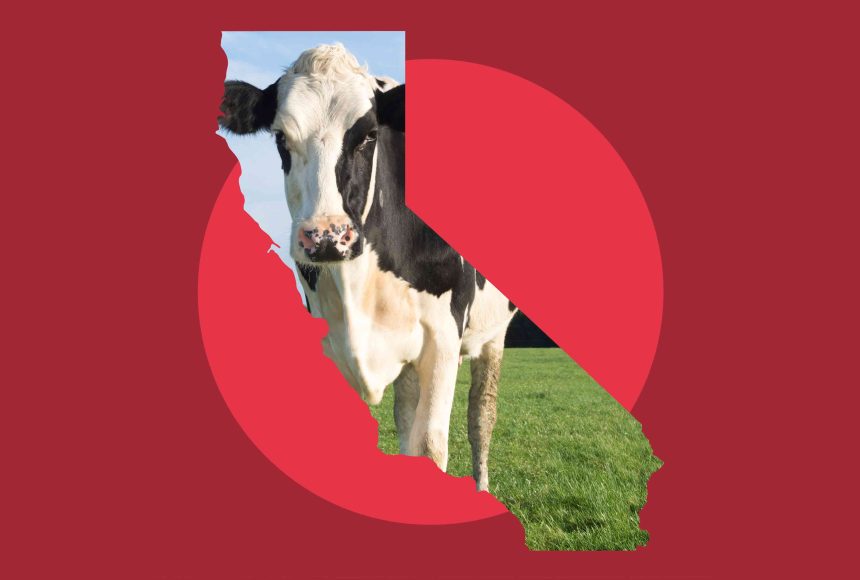On Wednesday, California’s Gov. Gavin Newsom declared a State of Emergency in response to the growing threat of the Avian influenza A (H5N1), also known as “Bird Flu.”
According to the governor’s official website, Newsom made the decision after additional cases of bird flu were found in dairy cows on farms in Southern California, “signaling the need to further expand monitoring and build on the coordinated statewide approach to contain and mitigate the spread of the virus.”
“This proclamation is a targeted action to ensure government agencies have the resources and flexibility they need to respond quickly to this outbreak,” Newsom shared. “Building on California’s testing and monitoring system — the largest in the nation — we are committed to further protecting public health, supporting our agriculture industry, and ensuring that Californians have access to accurate, up-to-date information.”
The proclamation explained that bird flu has been detected in dairy cattle in 16 states since the first confirmed detection in Texas and Kansas in March 2024. According to Reuters, the U.S. has also just confirmed the first case of “severe” bird flu in a human on Wednesday, found in a resident in Louisiana, who has now been hospitalized and is in critical condition. It’s also the first case to be linked to a backyard farm rather than a large commercial facility. And while the Centers for Disease Control and Prevention (CDC) still regards bird flu as low-risk to humans, it has also confirmed 61 human cases across the United States. — mostly in dairy farm workers.
Experts like Amesh Adalja, a senior scholar at the Johns Hopkins Center for Health Security, told Reuters that this particular case in Louisiana is one to watch as the virus may be different than the one seen in cattle.
“The mild cases that we’ve seen in the United States largely reflect that many of the individuals are getting infected by dairy cows, and that’s very different than getting infected with infected birds,” Adalja said. “If you look at the genotype of this patient in Louisiana, it wasn’t the cattle strain. It was a wild bird strain.” (The CDC noted that the person infected in Louisiana may have had exposure to sick or dead birds on their property.)
Additionally, CBS noted that California isn’t the first state to issue an emergency action due to bird flu. In August, Colorado Gov. Jared Polis also issued an emergency declaration for Weld County following its own bird flu outbreak.
And while, again, the risk is low, the CDC has advised consumers to stay away from “uncooked or undercooked food or related uncooked food products, such as unpasteurized (raw) milk or raw cheeses, from animals with suspected or confirmed HPAI A(H5N1) virus infection.”
However, even this may not be enough. Dr. Demetre Daskalakis with the CDC, shared with reporters on a call, “Infections without a clear source of exposure do occur,” but importantly added, “neither these cases nor the cases with known animal or animal products exposure have resulted in human to human transmission.”
Reuters added that since the outbreak began in 2022, bird flu has infected more than 860 dairy herds and killed 123 million poultry. Newsom added, “While the risk to the public remains low, we will continue to take all necessary steps to prevent the spread of this virus.”







